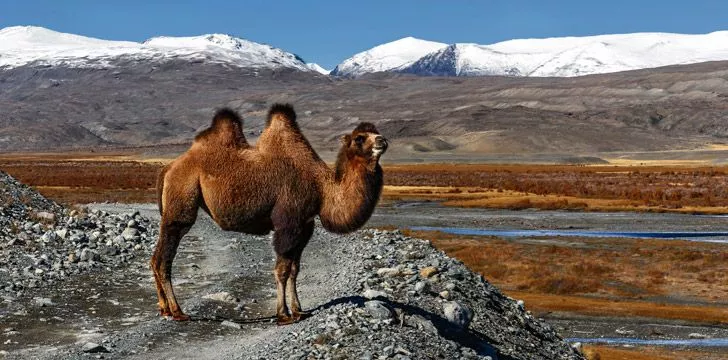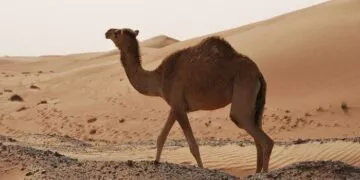Camels are unique animals with origins tracing back to 45 million years.
Each animal on the planet has a unique trait that distinguishes them from others. In the case of camels, that trait is their humps.
Even children know that a camel is not a camel without its hump.
However, most of us actually don’t know the functions of those bumps, but that’s what we’re going to find out today!
Humps developed on the back of camels as a response to their environment.
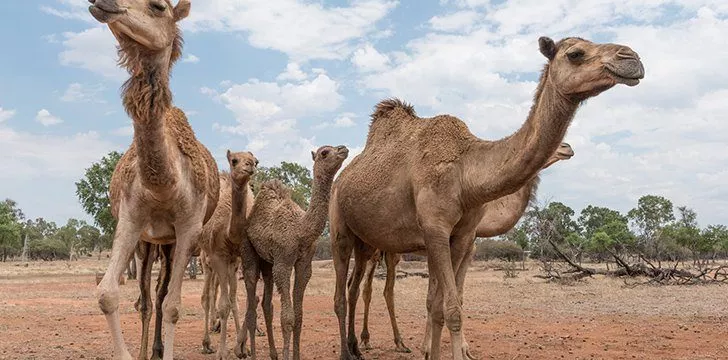
Although camels are currently common in the Middle East and some parts of Asia, they actually originated in North America.
Not only that, but camels also roamed in the Arctic regions.
In order to cope with the cold climate there, they developed a hump gradually on their back.
Nowadays, scientists suggest that it is the humps that regulate the camels’ body temperature.
Camels have humps because they were handy for ancient camel riders to hold on to.
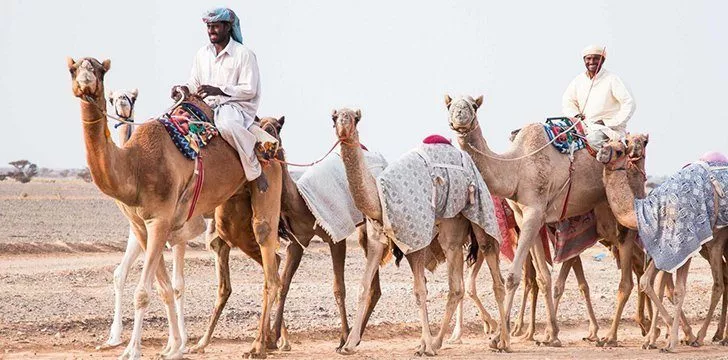
I know it is kind of a silly answer.
Camels had humps way before human existence.
Though we know for sure that camels didn’t developed humps for the sake of human comfort, people still thank the Creator for giving such a comfortable seat to journey the faraway lands.
Camel humps are not filled with water.
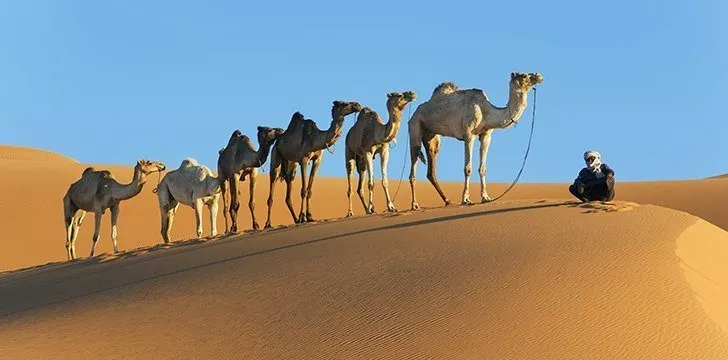
It’s a common belief that camels store the excess water in their humps.
However, those beliefs are a myth that was embedded in some cultures and legends.
Those beliefs were developed to explain the camels’ ability to survive weeks without water.
During the times of the Silk Road, merchants loaded camels with heavy goods and set a trip between the Middle East and China.
Camels were convenient transportation to cut through a baking hot desert where the water sources were scarce.
That is how camels got called “ships of the desert.”
In fact, nowadays scientists state that oval-shaped blood cells, not the humps, contribute to the camels’ endurance to dehydration.
A hump is a camel’s energy storage.
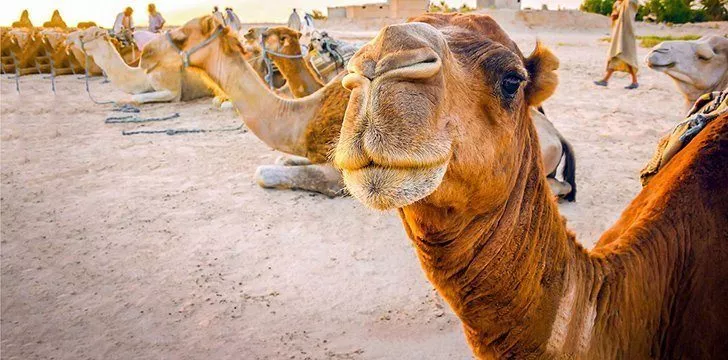
Camels store energy in their humps for the times when food sources get scarce.
Whenever a desert dries out or a harsh winter kills the vegetation in the sandy lands, their only hope is the fat that they stored in their humps.
Did you know that camel traders (people who buy & sell camels) determine the health of camels looking at their humps?
Every trader wants to buy a well-nourished camel, in other words, a camel with bigger humps.
Camels have humps because it helps them to regulate their body temperature.
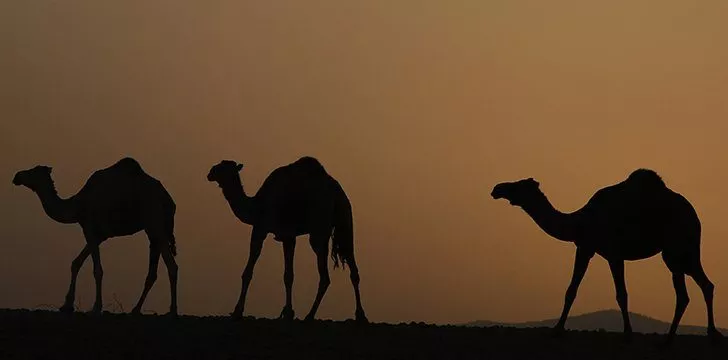
Have you ever spent a night in a desert?
If not, you probably don’t know how the desert temperature fluctuates.
The temperature is baking hot during the day and freezing cold during the night.
However, fatty tissues in camel humps serve as insulation to resist such temperature fluctuations.
Humps prevent the heat from the sun from penetrating into the body.
As result, it prevents camels from sweating and eventually decreases the water loss.
Now, you know how camels endure long journeys through a hot desert without getting overheated!
Some camels have two humps.
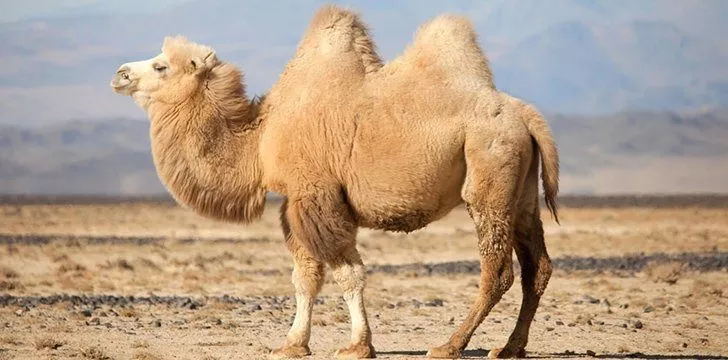
Those two-humped camels are called Bactrian camels.
They are usually bigger than Dromedary camels which have only one hump.
Unfortunately, there is no scientific evidence that can explain why the Bactrian camel has two humps.
However, there are loose speculations that state that Bactrian camels developed two humps because they live in a harsher environment.
For instance, the main habitat of the Bactrian camels in the Gobi desert is known for its harsh environment.
The desert is characterized by its unusually cold climate where temperature can reach as low as -40 Fahrenheit (-40 Celsius).
I hope you now know the main functions of a camel’s humps! If you know any other reasons why camels have humps, please share it in the comments.

